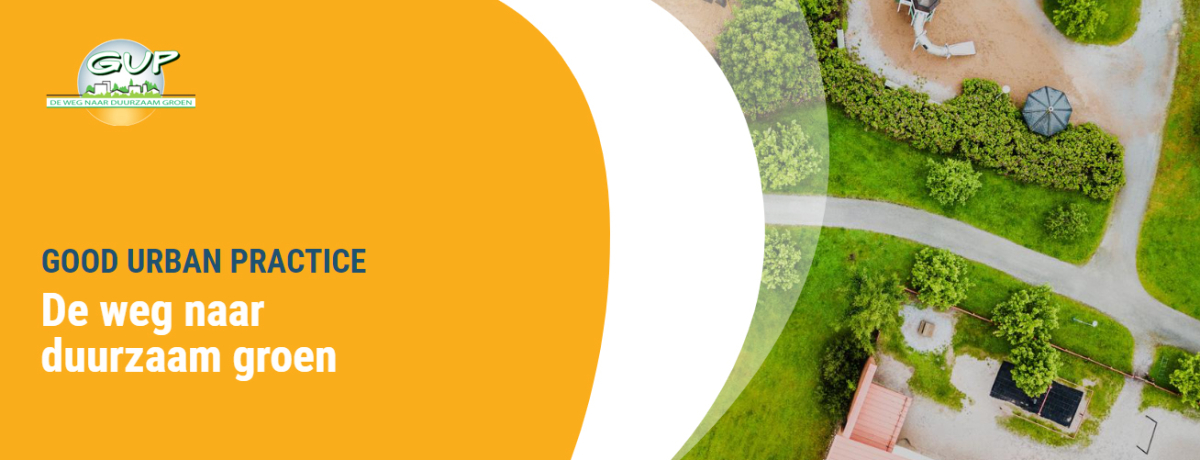- Home
- Meet Kim Van Havere, Good Urban Practice Manager at Disaghor Dockx Group in Belgium.
Meet Kim Van Havere, Good Urban Practice Manager at Disaghor Dockx Group in Belgium.
08/03/2023 - 00:00
An experienced and passionate roof gardening professional, Kim guides her clients in the development of public green projects, ranging from small urban roofs to large commercial projects. By using smart solutions and innovative techniques, she manages to create rooftop gardens that are not only beautiful, but also sustainable and low maintenance.
Hi Kim, since when have you been active in the landscaping industry?
In 2009, I entered the profession by chance, so to speak. After my studies, I was looking for a career that would keep me interested, in the long term. I didn't find that in the traditional office jobs. And then I got the opportunity to start at Ibic, a company specialising in waterproofing solutions for basements and parking roofs as well as the installation of green roofs. That's basically where my story started...
Did this adhere to your studies?
No, I actually followed a completely different educational path. More in the direction of communication. Surprisingly, it is pure coincidence that I ended up in this field, picked up the subject matter as I went along and became interested in green roofs.
An interest... which has since become a real passion. How is that?
What I still find so fascinating and challenging after all these years is trying to emulate the workings of nature in an artificial and compact environment. It is a combination of technical elements, creativity, tangibility, of bringing a piece of nature closer to people. Knowing that what you are doing contributes to a better living environment for people and animals.
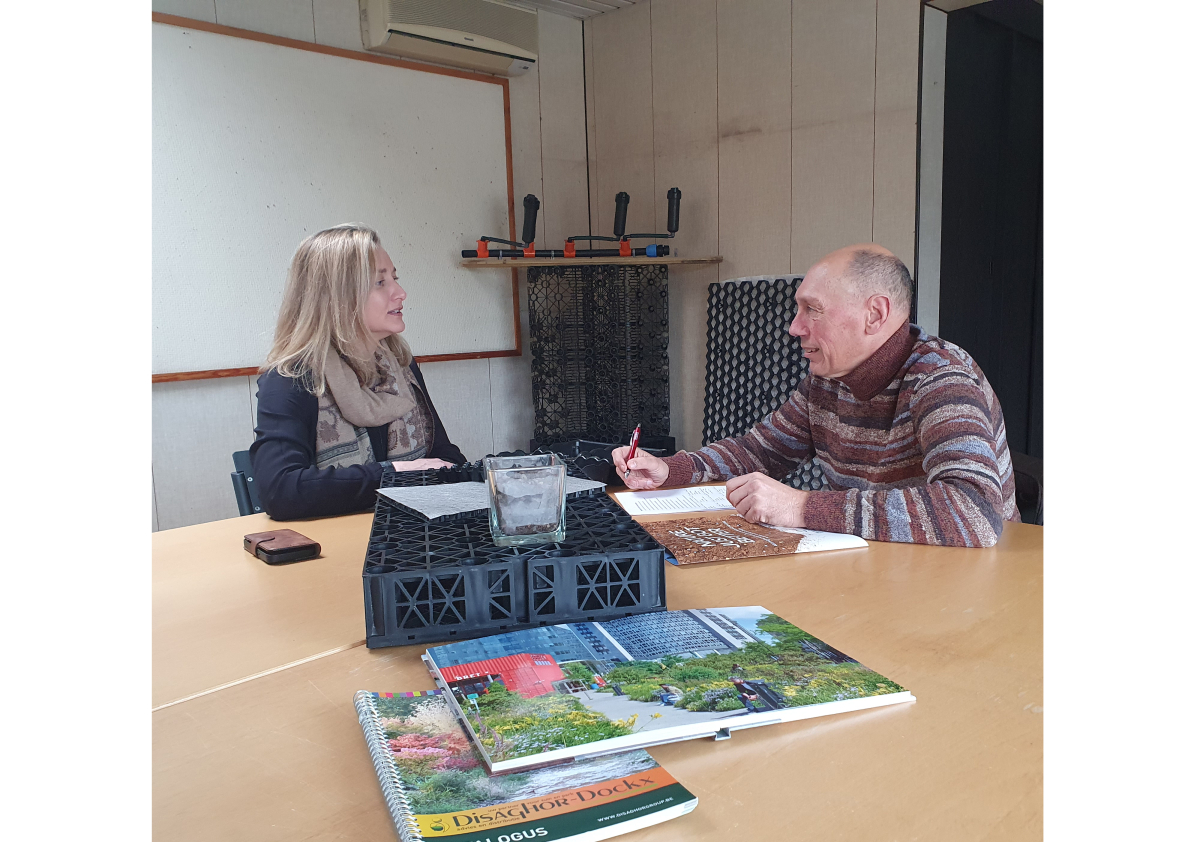
"Whether advising on designing a new rooftop garden, constructing or maintaining green roofs, as a roof gardening professional my mission is to make green roofs more accessible to a wide audience and contribute to a greener and sustainable future".
How has your job evolved over all these years?
I did technical support and calculations for several years, which gave me a good foundation and then eventually moved on to supervising projects.
"The experience you gain on site, the challenges, the things I've learned from people I've met or worked with; you can't get that from a book or a training course."
Since 2018, I started focusing more on guiding clients in their product selection and concepts from the design phase to aftercare. I still do this now with great passion for the Good Urban Practice department at Disaghor.
What is the ideal composition of a roof garden?
The ideal structure for a roof garden, as far as I'm concerned, is a system where all products and layers work in harmony. Wholly in function of the plants, preferably with a fully self-regulating passive irrigation system.
"A good rooftop garden substrate is fully tailored to the needs of the plants."
For example, you will need a different substrate for an intensive roof garden than for a green roof with sedum plants.
A balanced substrate has good "rootability" and can store sufficient air, nutrients and water. You have roof garden substrates based on volcanic rock such as lava and expanded clay granules. These are very suitable if the load-bearing capacity of the roof is a limiting factor. For intensive rooftop gardens without weight restrictions, you also have sand-based roof garden substrates. Another advantage of these substrates is that they retain their drainage capacity; if you were to build a rooftop garden with ordinary garden soil, chances are high that it would compact too much and the soil would no longer drain excess water.
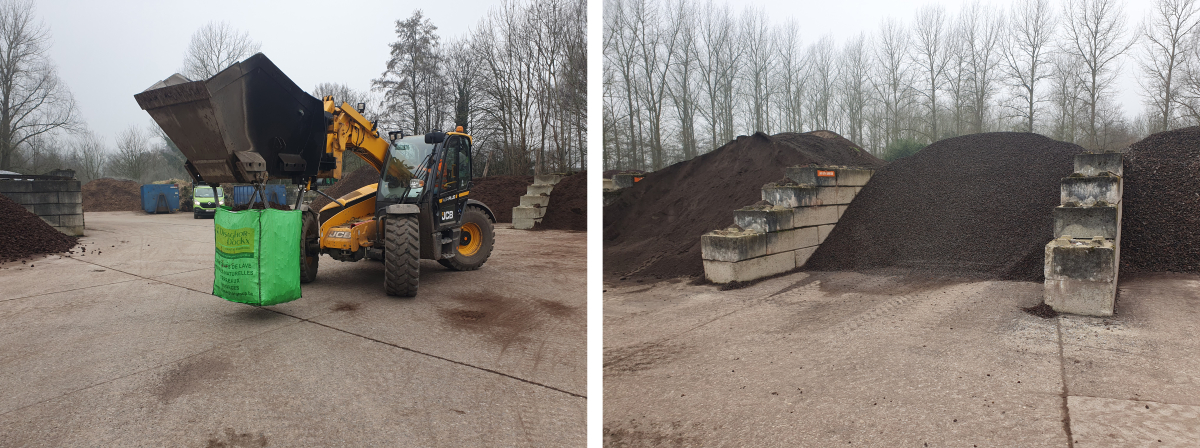
How important is water and the water retention capacity in a roof garden substrate?
On roofs, you are often bound by certain restrictions such as a limited build-up height. Therefore it is important that the plants always have access to a ready-available supply of water. Even in combination with a water-buffering drainage layer, you will still need a substrate that has sufficient capillarity and water retention.
How can you increase that water retention in the substrate?
You can do that in several ways. For example, you can start increasing the field capacity of a substrate by adding organic matter or a soil conditioner such as TerraCottem.
"TerraCottem is a tool to give new rooftop plantings a good start".
What types of plantings are possible in a rooftop garden?
By means of an appropriate structure, almost any kind of planting is possible on a roof garden: sedum, herbs, ornamental grasses, shrubs, even trees.
Strongly overgrowing or aggressively rooting plants are to be avoided.
What is the benefit of a roof garden for the climate and the environment?
Nature and humans are inseparable It is important to understand that with every piece of nature we remove or transform, there is an indirect but certain impact on our living environment and health.
That impact is also increasingly visible in the form of floods, extreme periods of drought and heat stress in cities.
By cleverly integrating rooftop gardens and outdoor greenery into building concepts, you can start mitigating much of that issue, such as rainwater harvesting. In fact, roof gardens can buffer a lot of rainwater, relieving the sewer system during heavy rainfall. The water that the roof garden collects is gratefully used by the plants and some will also evaporate. Evaporation in turn cools the area above and around the rooftop garden.
"Studies have also shown that people who live and/or work in green environments are more productive and tend to have fewer health problems".
Why should you invest in a roof garden?
People often think they have to make a choice between a building and nature. With a well-considered and sustainable design you can create both aesthetic and financial added value while building a roof garden.
top of that, communal or public rooftop gardens have many social benefits, such as a meeting place, recreation space, playground, etc.
What financial return can you get from a rooftop garden?
You can consider and furnish a roof garden as an extra living space. This also translates into a financial gain for the building. Moreover, the roof coating is better protected and will last up to 3 times longer.
People are rarely aware of this, but there are now a lot of public roof gardens in our cities, such as podium gardens on top of a basement or underground car park. This in turn gives huge common financial benefits. Not only does the value of the properties surrounding the roof garden increase significantly, with the current techniques on the market it is even possible to completely disconnect the rainwater runoff from the sewer system at a large proportion of those properties.
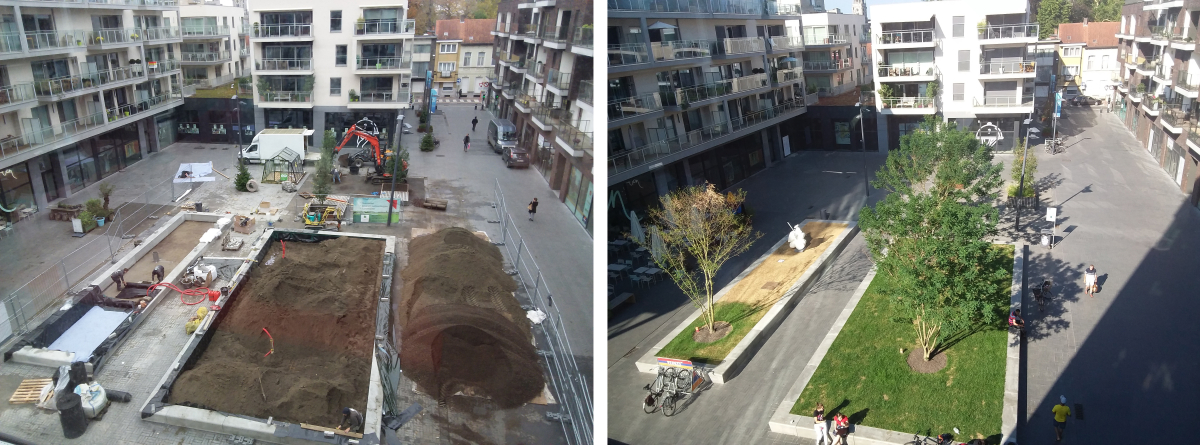
What are the innovative trends in roof gardens?
There are many new techniques that make it possible to collect rainwater, store it and then release it afterwards, when the plants need it. Rainwater harvesting offers many opportunities and possibilities in the future for cities and municipalities in terms of rainwater management. You also notice that striving for that balance between paving, greening and water management is becoming increasingly important.
To conclude: which roof garden project has given you the most satisfaction?
"Every project has given me something valuable but what really gives me great satisfaction is when people are happy with the result."
I recently visited a podium garden on which they had also installed a raised vegetable garden. A friendly lady told me that she had not lived in the city for very long and had formed a club with some local residents to maintain the vegetable patch. She was so happy to have met a lot of new people that way. This is why I love my job!
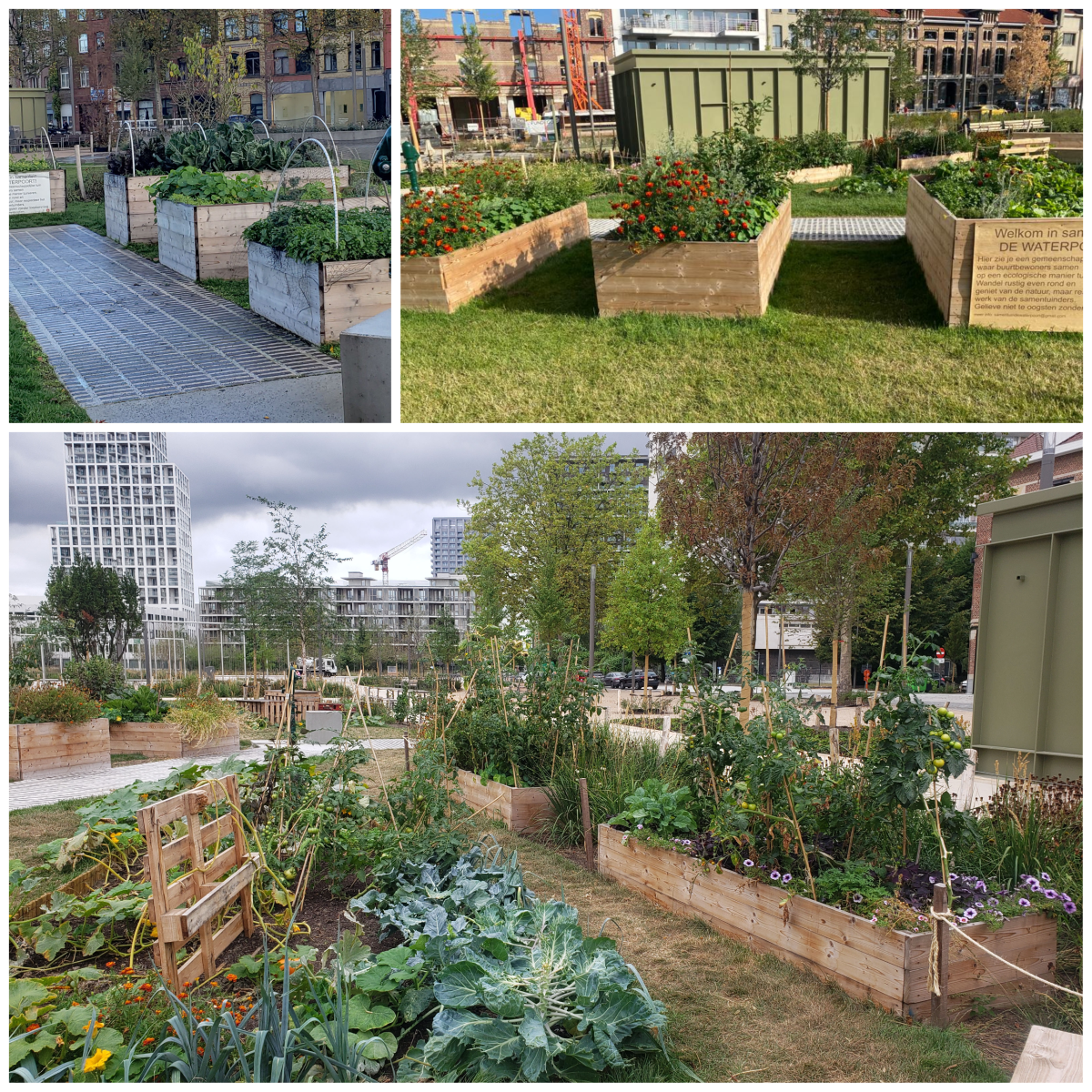
Perhaps a few practical rooftop gardening tips?
When designing a roof garden, be sure to include the difference in maintenance costs. Savings in the construction budget often lead to additional maintenance costs. It pays off to make the financial comparison based on the expected lifespan of the rooftop garden.
Do you also have a question for Kim?
Kim Van Havere
M: +32 473 37 21 01
E: kim@disaghorgroup.be
If you know someone who would also like to read this article, feel free to share:
Would you like to be in the spotlight too?
You can!
Send a quick email to marketing@terracottem.be and we will schedule an online meeting together.
Would you like more information?
Contact usWould you like more information?
Contact usTerraCottem Intl. SL
Apartado de Correos 4511190 Benalup (Cádiz)Spain

